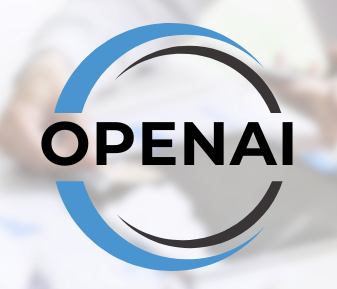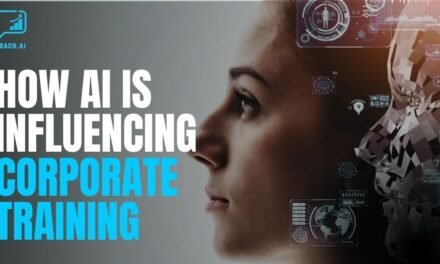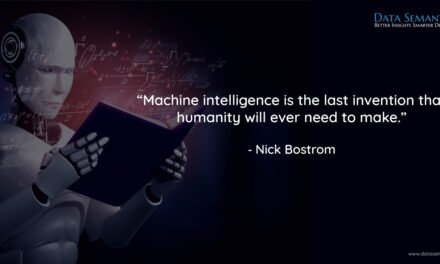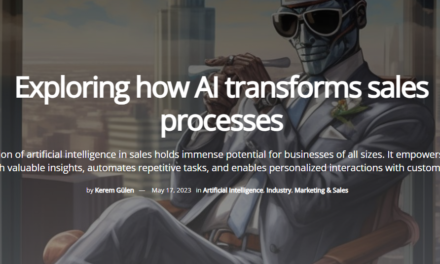In recent years, artificial intelligence (AI) has become increasingly prominent in various industries, including human resources (HR). As we look ahead to 2024, it’s clear that AI will continue to revolutionize the way HR professionals operate. From streamlining recruitment processes to enhancing employee engagement, AI tools offer numerous advantages for HR professionals. In this article, we will explore some of the most effective AI tools that will empower HR professionals in 2024.
1. AI-powered Recruitment Platforms
Recruiting the right talent is a crucial task for HR professionals, and AI-powered recruitment platforms are set to make this process more efficient. These platforms leverage AI algorithms to analyze resumes, screen candidates, and even conduct initial interviews. By automating these tasks, HR professionals can save time and focus on more strategic aspects of the hiring process.
2. Chatbots for Employee Support
Employee support is a vital function of HR, and chatbots are emerging as a valuable tool in this area. AI-powered chatbots can provide instant responses to employee queries, offer guidance on HR policies, and even assist in onboarding new hires. With their ability to handle multiple inquiries simultaneously, chatbots ensure that employees receive prompt and accurate support, enhancing overall employee satisfaction.
3. Predictive Analytics for Employee Retention
Retaining top talent is a priority for HR professionals, and predictive analytics can play a significant role in this aspect. By analyzing vast amounts of employee data, AI-powered predictive analytics tools can identify patterns and factors that contribute to employee turnover. This information allows HR professionals to take proactive measures to retain valuable employees, such as implementing targeted training programs or adjusting compensation packages.
4. Performance Management Tools
AI-powered performance management tools offer HR professionals a comprehensive view of employee performance. These tools can track and analyze employee data, including productivity levels, goal attainment, and feedback from managers and peers. By providing actionable insights, HR professionals can identify areas for improvement and offer personalized development plans to enhance employee performance.
5. Bias Detection and Mitigation
Unconscious bias can hinder fair and inclusive decision-making within organizations. AI tools can help HR professionals detect and mitigate bias in various HR processes, such as recruitment, performance evaluations, and promotions. By analyzing data and identifying patterns, AI-powered tools can highlight potential biases and provide recommendations to ensure a more equitable workplace.
6. Virtual Reality for Training and Development
Virtual reality (VR) is poised to revolutionize employee training and development. AI-powered VR platforms can simulate real-world scenarios, allowing employees to practice and refine their skills in a safe and immersive environment. HR professionals can leverage VR to deliver engaging and interactive training programs, resulting in improved learning outcomes and increased employee engagement.
7. Employee Sentiment Analysis
Understanding employee sentiment is crucial for HR professionals to gauge employee satisfaction and identify potential issues. AI tools can analyze employee feedback from various sources, such as surveys, social media, and performance reviews, to provide sentiment analysis. This data enables HR professionals to identify trends, address concerns, and implement strategies to foster a positive work environment.
In conclusion, AI tools are set to revolutionize the HR landscape in 2024. From recruitment to employee engagement and retention, these tools offer HR professionals numerous benefits. By leveraging AI-powered platforms and analytics, HR professionals can streamline processes, make data-driven decisions, and create a more efficient and inclusive workplace. Embracing these innovative tools will empower HR professionals to focus on strategic initiatives and contribute to the overall success of their organizations in the years to come.
Waitage
volume
effects










